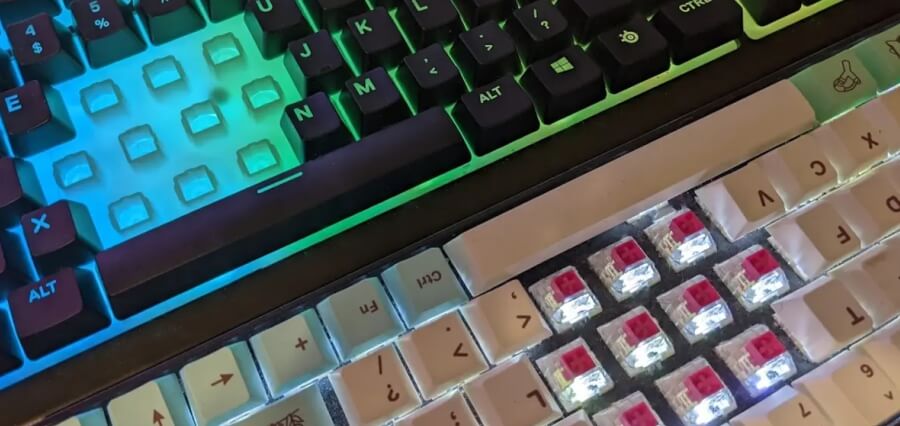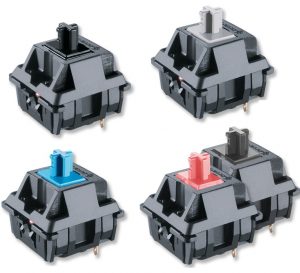Top Benefits of Integrating a Membrane Switch Into Your Electronic Equipment
Top Benefits of Integrating a Membrane Switch Into Your Electronic Equipment
Blog Article
Recognizing the Performance of Membrane Switches Over for Customer Interface Tools
The performance of membrane layer changes stands for a substantial innovation in user interface layout, incorporating effectiveness with visual convenience. These buttons operate through a multi-layered structure that converts customer communications into electric signals, permitting both compact designs and durability against environmental variables. As industries significantly prioritize user experience, comprehending the subtleties of membrane layer button technology comes to be important. What implications do these advancements hold for future applications, and exactly how might they redefine user interactions throughout various tools?
What Are Membrane Switches?
Membrane buttons are cutting-edge user interface devices that help with individual interaction with digital devices. These functional parts contain numerous layers, consisting of a visuals overlay, spacer, and a published circuit layer. The style allows for a seamless combination into numerous digital devices, enhancing both the aesthetic and functional aspects of interface.
Membrane switches are commonly employed in a wide variety of applications, from house home appliances to commercial machinery and medical devices. Their construction usually features a thin profile, making them a perfect choice for small styles. The tactile feedback provided by these buttons can be crafted to satisfy particular user choices, making certain reliable communication in between the individual and the gadget.
Sturdiness is another substantial benefit of membrane buttons, as they are immune to dirt, dampness, and chemicals, which boosts their life expectancy sought after settings. Furthermore, these switches can be customized in regards to shape, dimension, and graphic design, enabling branding and user-specific functions. Generally, membrane switches over represent a practical option for enhancing customer experience in electronic gadgets, combining capability with aesthetic charm in an efficient fashion.
How Membrane Layer Switches Over Work
Operating on a straightforward concept, membrane changes make use of a layered building and construction to register customer input efficiently. Each button contains several layers, consisting of a printed circuit layer, a spacer layer, and a top visuals layer, which are developed to collaborate perfectly. When an individual presses the top layer, it compresses the spacer layer, bringing the conductive components of the circuit layer into contact with each various other.
This contact produces a closed circuit, indicating the device to implement a specific function. The layout permits different configurations, consisting of responsive responses, which can enhance the individual experience by giving a physical sensation upon activation. The materials utilized in membrane layer buttons frequently include versatile substratums, such as polyester or polycarbonate, which guarantee resilience and durability versus damage.

Secret Advantages of Membrane Buttons

One more significant advantage is their compactness. Membrane switches are thin and lightweight, which makes it possible for manufacturers to save area in their devices without giving up performance. This feature is specifically beneficial in applications where weight and volume are vital considerations.
Furthermore, membrane buttons are immune to dust, dampness, and chemicals, improving their sturdiness. This strength prolongs their life-span and decreases the demand for frequent substitutes, leading to cost financial savings over time.
In addition, the tactile comments given by membrane buttons can be enhanced to enhance individual communication. They can include functions such as increased switches or audible clicks, enhancing functionality and customer experience.
Applications Across Industries
Individual user interface tools utilizing membrane buttons are prevalent in a vast variety of sectors, showcasing their adaptability and performance. Membrane Switch. In the clinical field, membrane buttons are integral to gadgets such as diagnostic devices and individual tracking systems, where their resilience and convenience of cleaning are critical for maintaining hygiene standards. In the automobile market, these switches are utilized in dashboard controls and infotainment systems, offering a smooth and contemporary interface for individuals.
Additionally, the customer electronic devices market take advantage of membrane layer switches in home appliances and portable tools, where portable style and straightforward user interfaces improve user experience. Industrial applications get more also leverage membrane layer changes for control panels in machinery and automation systems, emphasizing their effectiveness and resistance to rough settings.
In the aerospace and defense industries, membrane switches are made use of in cabin controls and devices, where dependability and efficiency under extreme conditions are vital. Additionally, the gaming market increasingly includes membrane layer buttons in controllers and gallery equipments, adding you could look here to an appealing user experience. In general, the flexibility of membrane layer switches enables their widespread use across countless markets, highlighting their significance in modern-day interface design.
Future Patterns in Membrane Change Technology

In addition, using sophisticated products, such as polycarbonate and polyester movies, is expected to increase, providing boosted longevity and resistance to environmental stress factors. These products add to the total longevity of membrane layer buttons, making them ideal for harsher commercial applications.
Furthermore, the consolidation of clever innovation, including IoT connectivity, will certainly make it possible for membrane layer buttons to connect with various other tools and systems, helping with a much more interactive individual experience. This pattern straightens with the expanding need for clever tools throughout different markets, from health care to customer electronic devices.
Finally, personalization choices are expected to broaden, allowing producers to create bespoke solutions tailored to specific customer demands and choices. These advancements will certainly position membrane buttons as crucial parts in the development of interface modern technology.
Verdict
In conclusion, membrane changes represent an essential advancement in customer interface modern technology, supplying a dependable and flexible solution for diverse digital applications. As improvements in product scientific research and touch sensing modern technologies proceed, the performance and applicability of membrane layer buttons are expected to broaden, strengthening their importance in modern-day electronic gadgets.
Report this page